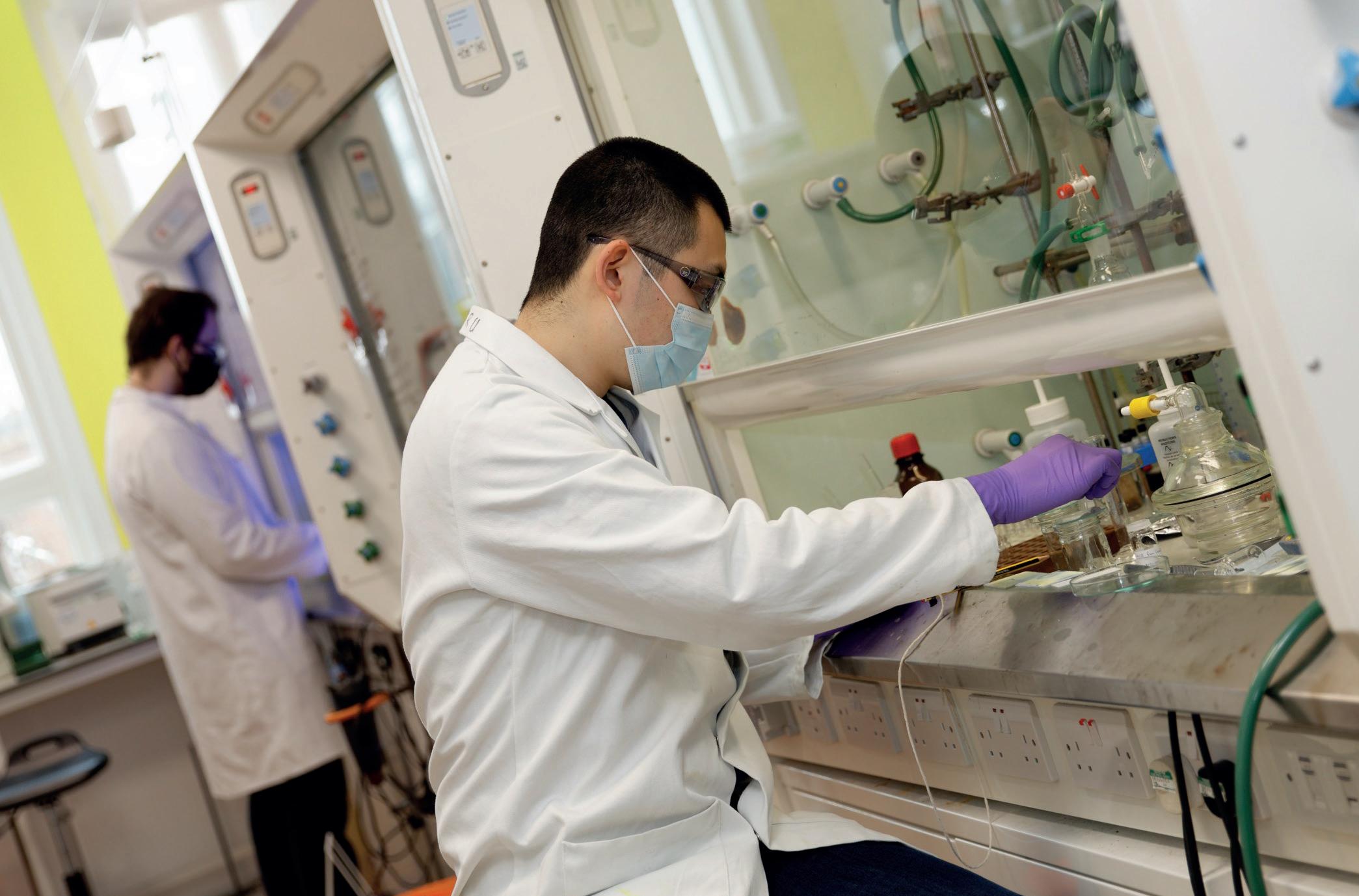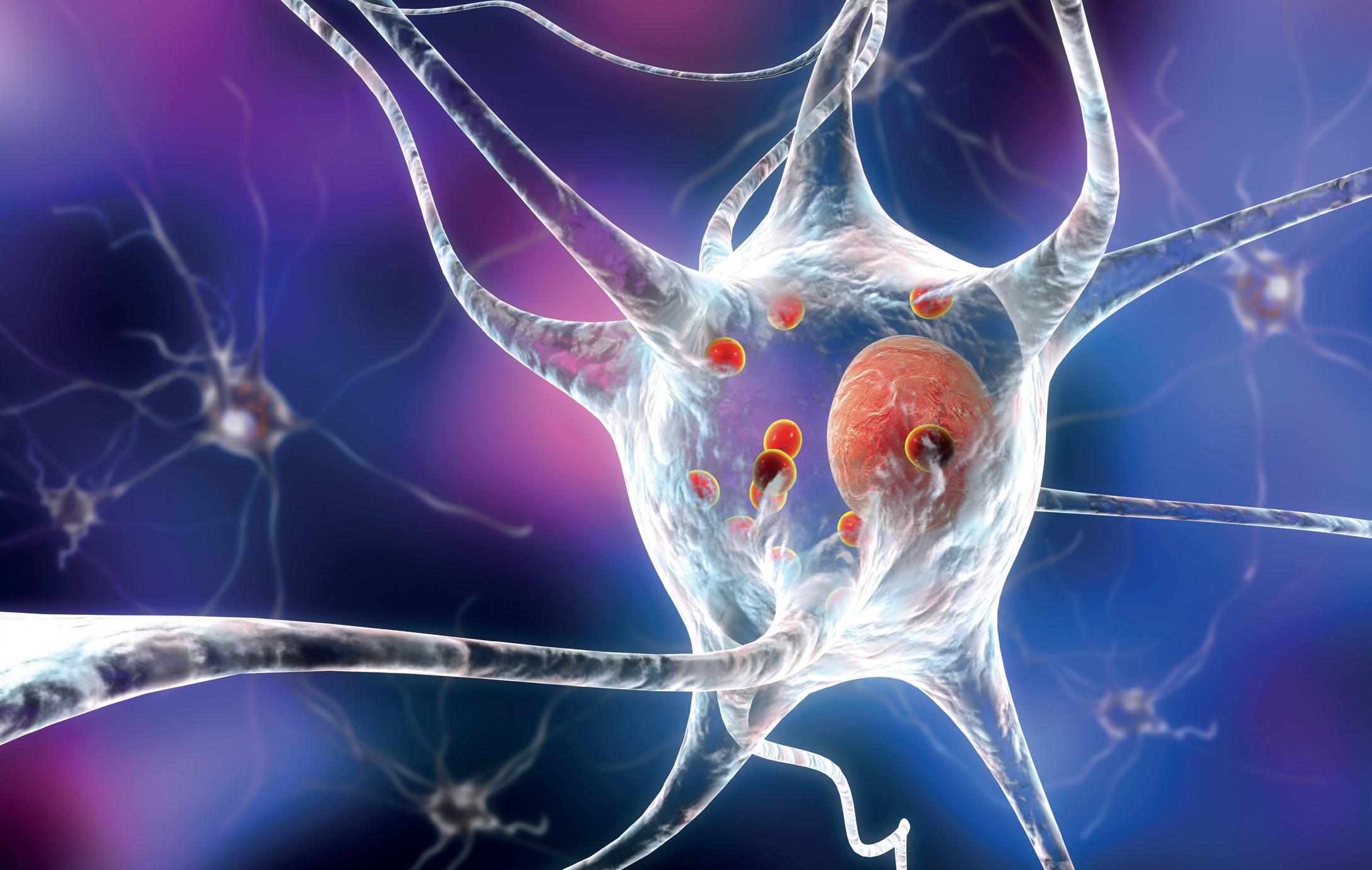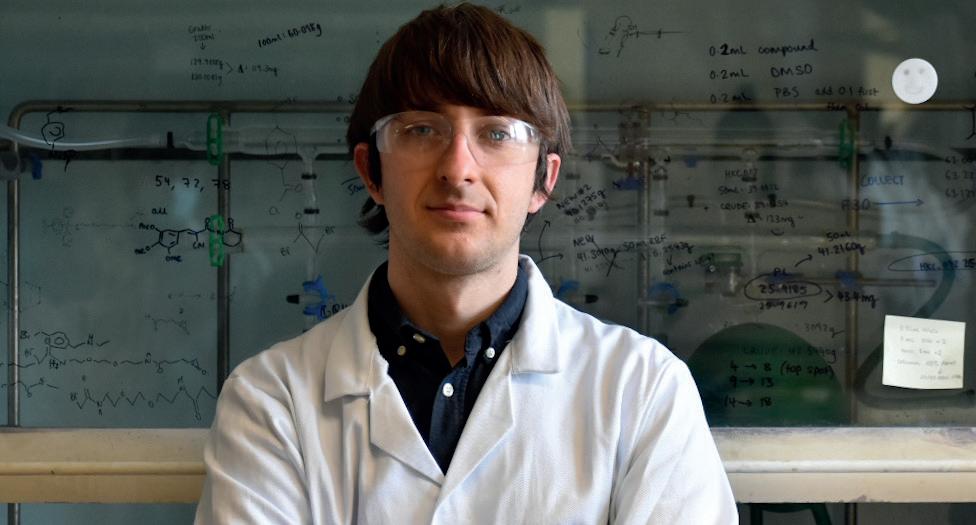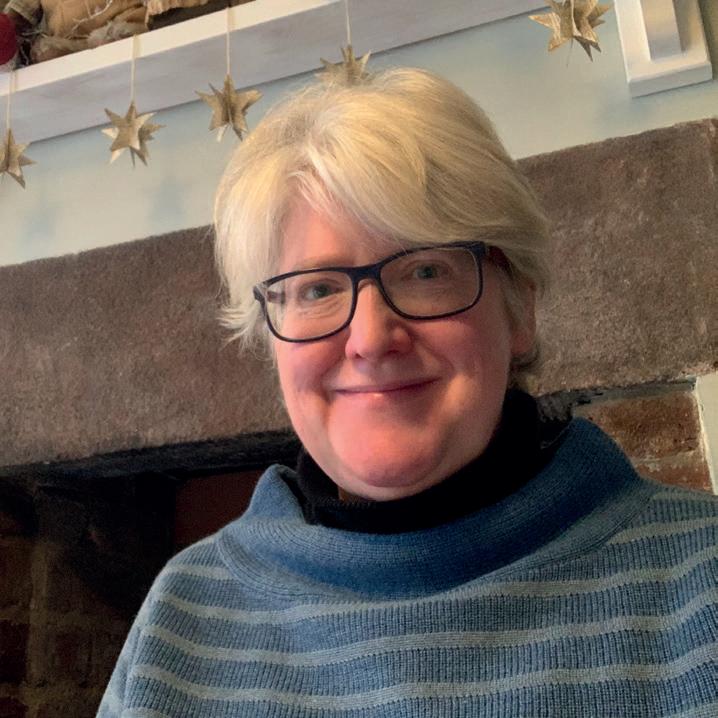
2 minute read
A. David Buckingham 1930–2021
from Chem@Cam Issue 62
Professor David Buckingham died in February at the age of 91, peacefully at home surrounded by members of his family.
Professor Buckingham was the first holder of the 1968 Chair of Theoretical Chemistry in our Department, having previously held academic appointments in Bristol and Oxford. He did his PhD here in Cambridge under the supervision of John Pople.
Throughout his long and very productive career Amyand David Buckingham, who preferred to go by David, made many important contributions in molecular physics, most especially in the area of intermolecular forces and in the understanding of the electric, magnetic and optical properties of molecules. His work was not only theoretical but also led to the development of experimental methods for measuring various quantities, notably the quadrupole moment of molecules and their hyperpolarizability. With Laurence Barron he pioneered the study of Raman optical activity. His also did pioneering work on the importance of long-range intermolecular forces in determining the structure and properties of clusters. David received many honours: he was a Fellow of the Royal Society, a Fellow of the American Physical Society, a Foreign Associate of the United States National Academy of Sciences, a Foreign Member of the Royal Swedish Academy of Sciences, a Fellow of the Australian Academy of Science,. He received the first Ahmed Zewali prize, and was awarded a CBE. David also has the very special distinction of having a unit named after him: the Buckingham is the CGS unit of the electric quadrupole.
An Australian by birth, David was a skilled cricketer who played for the University and other first class teams in the late 1950s. His interest in the sport continued and he was for many years President of Cambridge University Cricket Club. Professor Buckingham was a courteous and gentlemanly scholar, but there was no doubt of his incisive scientific mind and the great depth of his knowledge and understanding. The Editor of Molecular Physics, a journal with which David had a long association, describes David as “a giant in the field of understanding intermolecular forces”. Few would disagree.
I was greatly saddened by the news of David Buckingham’s death. My time with him in Cambridge from 1969 to 1975 was a wonderful experience. We continued our collaboration long after I left Cambridge, our final paper together being published in 2010.
You mentioned our work on Raman optical activity (ROA). This constituted the first observation of vibrational optical activity in molecular vibrational transitions (as distinct from conventional ORD and CD which measures optical activity in electronic transitions). It is intriguing that an early unsuccessful attempt (via infrared ORD) at this long-sought extension of optical activity into the vibrational spectrum was made by C.P. Snow (The Two Cultures, etc.) as part of his Ph.D. work with T. Martin Lowry, a Cambridge Professor of Physical Chemistry (Lowry and Snow, Proc. Roy. Soc. A, 1930, vol. 127, 271) Laurence D. Barron FRS, FRSE Emeritus Gardiner Professor of Chemistry, University of Glasgow










